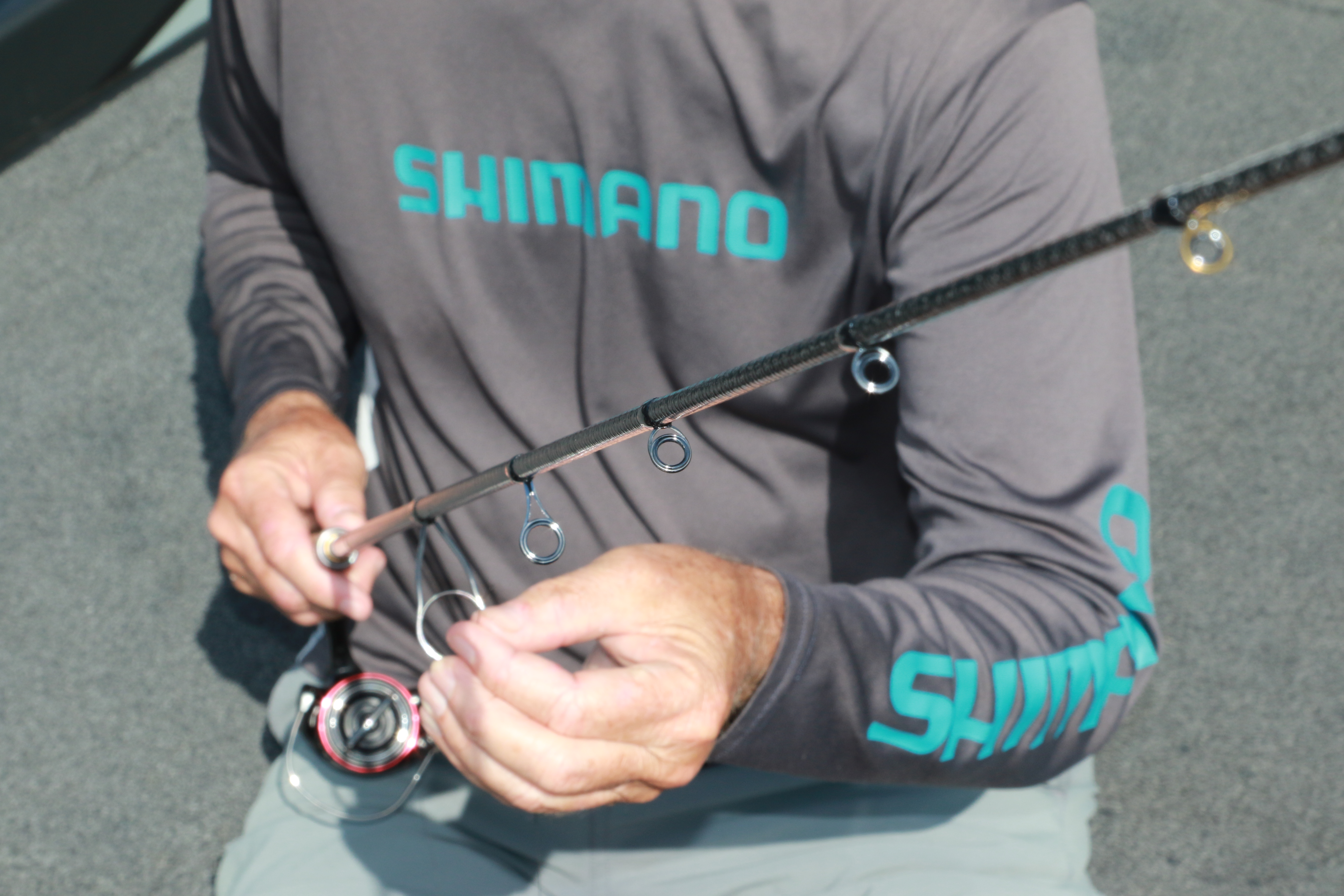
“You get what you pay for.”
We toss out that phrase to broadly explain the disappointment that sometimes follows a thrifty purchase.
On the opposite end of the purchasing spectrum — you pay for who you get.
Example: Shimano recently introduced one of its top JDM (Japanese Domestic Market) offerings to North America with an ICAST debut of the Poison Ultima spinning and baitcasting rods. Packed with top-tier components and created with Jedi level design technology, these rods go for $879.99.
In other examples, you’ll pay approximately $680 for a St. Croix Legend Extreme rod and about $600 for something in Daiwa’s Steez lineup. Definitely different level stuff, but the intrigue merits consideration.
“You’re getting the very best technology available,” Shimano pro Bernie Schultz said of the Poison Ultima’s pedigree. “Granted (high-end rods) are not for everybody, but they’re made for advanced anglers who appreciate the very best in materials and craftsmanship.”
No doubt, these rods visually impress, but the question stands: Are they worth their respective prices?
The answer’s subjective, for just as beauty is in the eye of the beholder, value is in the hands of the user.
For clarity, no one’s dissing entry level to midrange rods. Modern manufacturing processes consistently crank out functionally dependable tools that fit most budgets.
However, there are “house wines” and there are bottles that have been resting in someone’s cellar for a couple decades. Pricing reflects quality and that doesn’t just happen.
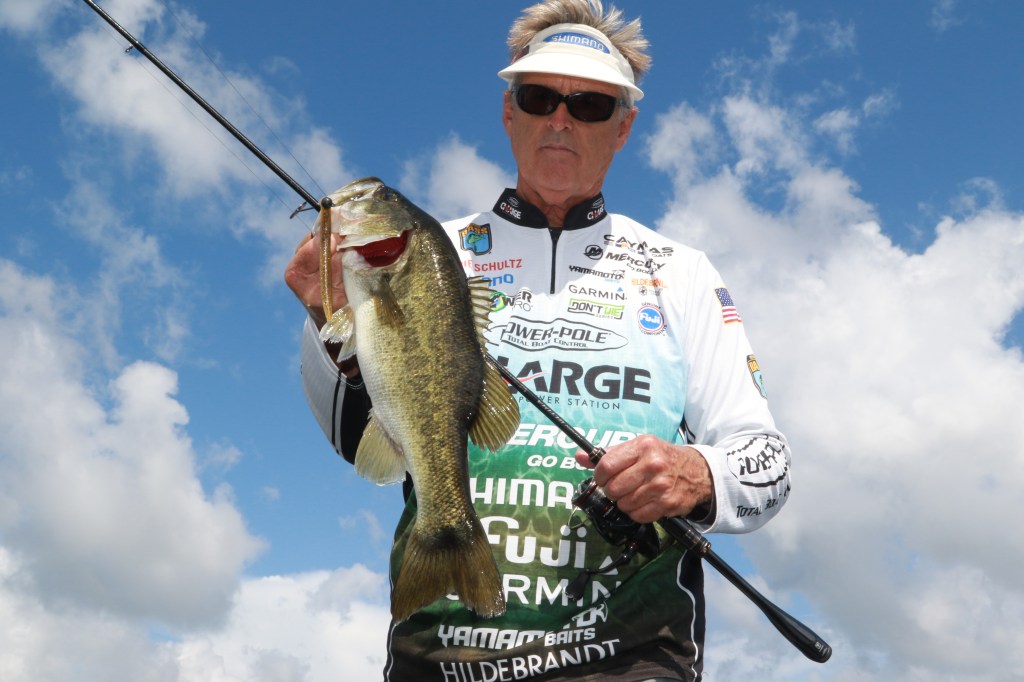
IS IT RIGHT FOR YOU?
Sponsorships aside, it’s not surprising to see professional anglers and fishing guides investing in top-of-the-line gear. Tools of the trade, most say. But what about the recreational fisherman who could afford a steep price tag, yet struggles to justify taking the plunge?
“What you get is a rod that’s going to perform at a higher level across the board,” Schultz said. “It’s going to have more sensitivity, better balance, enhanced feel, and greater castability.”
From his vast experience, Schultz knows every aspect of that high-end rod — how it feels in your hand, how far and how precisely it delivers a bait, how it transmits the lightest touch — combines to give you the best opportunity for success.
Brand websites provide exhaustive listings of the technical details, but insight from pros that use high-end rods to earn their living offers the most helpful perspective. Here’s a snapshot of what the top-shelf options bring to the table.
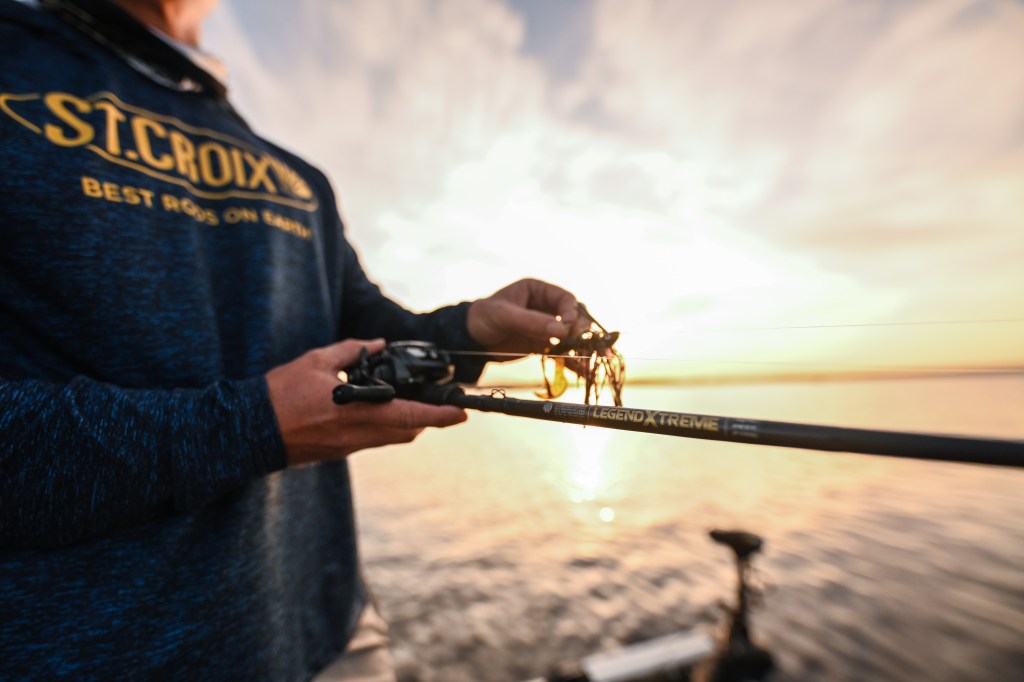
THE GOOD STUFF AIN’T CHEAP
All rods have handles, reel seats, blanks, guides and tips; but materials and design features define the difference. We won’t bog this discussion in spec sheet recitation, but a few examples help substantiate the premise.
With several years of St. Croix R&D work, Elite Derek Hudnall offers this perspective: “Before anybody spends that amount of money on anything, you have to understand why a rod costs that much; they’re not just putting a price tag on something just to charge more for it than something that looks similar.
“In the case of the St. Croix Legend Extreme, that rod is for extreme sensitivity for the extreme angler. These rods are made of carbon fiber and there are different levels of carbon fiber. The higher the level of carbon fiber, the less material you need because it’s so much stronger.”
Naturally, that premium material costs the most; but less material reduces weight and that equals greater sensitivity.
Moreover, reinforcing those light, powerful blanks with proprietary wrapping technology further strengthens the rod and increases torsional rigidity. Essentially, this bolsters sensitivity, while minimizing rod twist for maximum casting energy and sharp, crisp control.
St. Croix calls its process Advanced Reinforcing Technology (ART), while Daiwa uses X45 Full Shield Technology. Shimano bolsters the Poison Ultima blanks with Spiral X Core, which wraps nano resin infused carbon tape up the mandrel at an angle and then back down to form an X pattern with no gaps.
Shimano then adds its Hi-Power X process, which wraps another layer of carbon tape in an X pattern at varying angles to affect rod action. Shimano furthers the Poison Ultima’s snappy response with Hi-Power X Solid — a rod tip reinforcement that uses ultra fine carbon tape to minimize power loss without impeding the solid tip’s delicate bending.
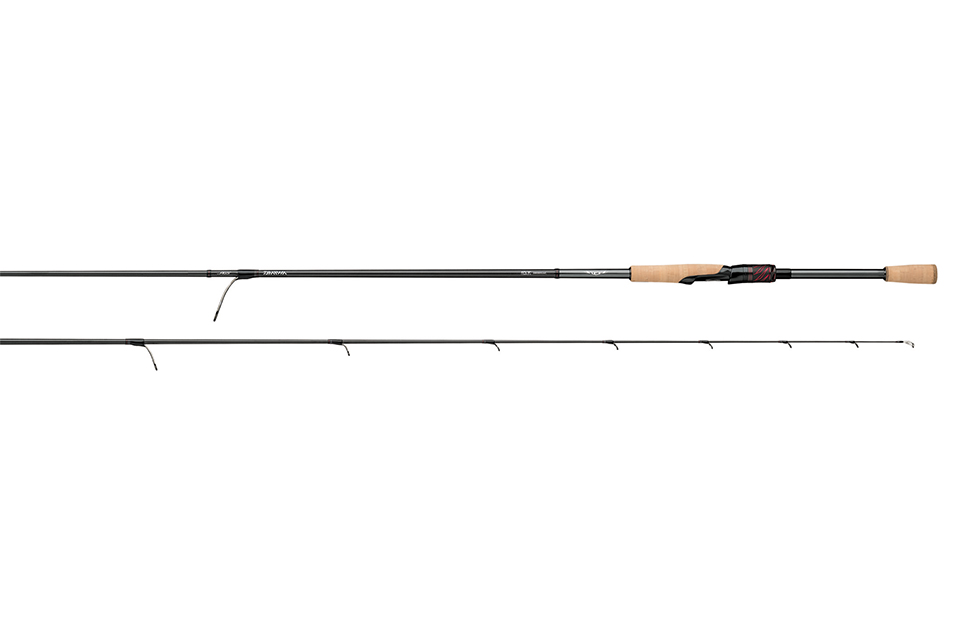
FEEL IS THE DEAL
Understandably, one of the biggest expectations for a high-dollar rod is amazing sensitivity. California pro Ish Monroe said Daiwa addresses this point by fitting Steez rods with the Air Handle design, where the blank runs through the handle, so your fingers maintain strike detecting connection.
As Hudnall points out, the Legend Extreme’s proprietary handle is designed with an underlying carbon fiber strip for instant energy transfer from the rod to the angler’s hand. St. Croix’s Gen2 Xtreme-Skin handle, which improves handling in both wet and dry conditions enhances that rod feedback.
Having first held the prototype Legend Extreme during an event on the St. Lawrence River, Hudnall said he immediately recognized the benefit of profound sensitivity. The ability to differentiate bites from the tension of a tugging river while drifting shoals in 30-35 feet with a 1 1/2- to 2-mile current — impressive, Hudnall said.
“I was like holy cow! It was that extreme,” Hudnal said. “The energy transfer was like a shockwave when a fish grabbed the bait. I was like ‘I see why the price point of this rod is so high.’
“Also, when you’re flipping heavy cover its a feel deal. How many times when we’re flipping laydowns or matted vegetation do we pick up and have to sit there for a second to make sure there’s actually a fish on the other end? With this rod, I feel that fish a lot better.”
Schultz notes that Shimano takes sensitivity to a new level with the Poison Ultima’s handle design. The baitcasters feature a Full Carbon Monocoque Grip with flattened sides that create more contact with your forearm than a round grip for greater vibration transmission.
For the Poison Ultima spinning models, Shimano designed a Carbon Shell from the Ci4+ reel seat to the fore grip and added a carbon monocoque handle. With those Monocoque handles sporting a V-shaped bottom design for optimal casting control, Schultz said both designs transmit the subtlest movement for critical feedback.
“On St. Lawrence River or Lake St. Clair, sometimes you’re at a distance from your fish and you’re dealing with a bow in your line from wind or current — that hurts your contact with your rod,” Schultz said. “With a technique where sensitivity is critical, you need to detect every tick on your line. This rod delivers that in spades.”
Guides also play a huge role in rod performance, with weight and durability the key factors. Shimano complements the Poison Ultima features with its proprietary X-Guide train (titanium guides with allow rings) for the spinning rods and Fuji Torzite guides and Shimano X-Guide tip for the baitcasters. St. Croix fits the Legend Extreme rods with Daiwa AGS (Air Guide System) carbon fiber guides with Fuji KG tip top and torzite ring.
“The AGS guide system (also included on the Steez spinning rods) is the lightest guide system on the market; a set of guides alone costs $100,” said California pro Ish Monroe. “You take an entire set of AGS guides and they are lighter than one SiC (Silicone Carbide) guide.”
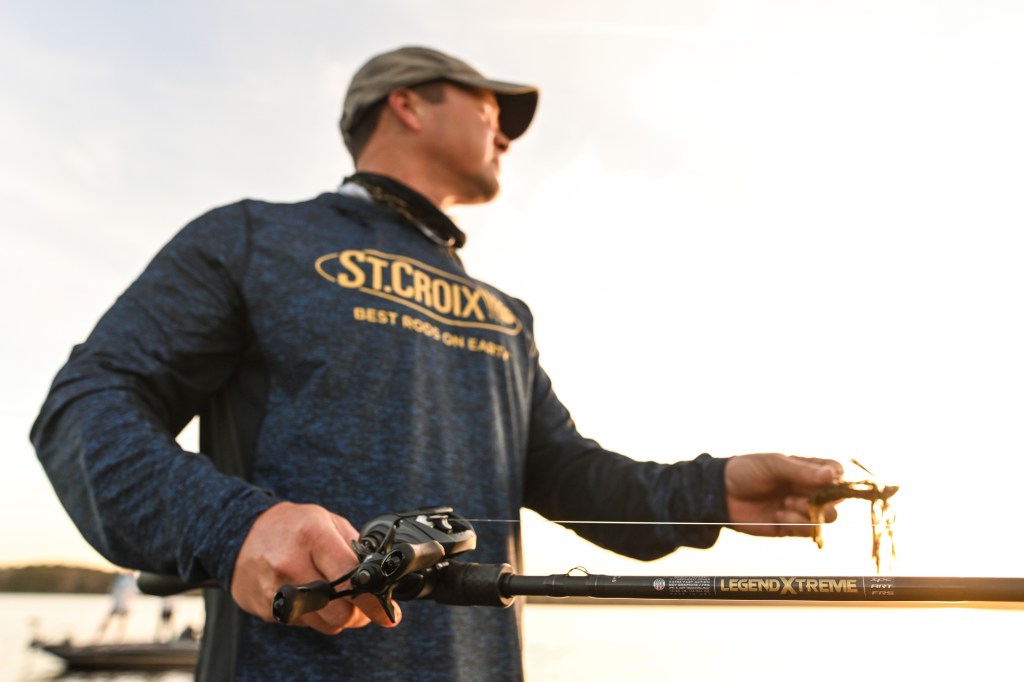
PERSONAL PREFERENCE
A high-dollar rod won’t make a bad fishermen better. It will, however, maximize one’s skill level.
A seasoned angler can make a cheap rod look like a champ, but leveled-up tools provide the conduit for maximizing talent and experience.
As Hudnall points out, it’s the combination of materials, components, technologies and labor-intensive processes that justify those weighty tickets. Monroe calls it the total experience.
“When you make that initial cast with a Steez rod, you’re going to feel every single thing from the line going off the reel, to the line hitting the water, to the presentation of the bait you’re using,” Monroe said. “When you’re crawling across rock, you feel the rock, when you’re crawling across sand, you feel the sand, when you crawl across mud, you know it’s mud.
“That’s going to make you a more (effective) fisherman because, say you’re on a sandy or muddy bottom and all of a sudden you come across a rock, you’re going to keep your bait in that zone. So, you’re going to help increase your opportunity of getting a bite.”
Hudnall agrees: “When the Legend Extreme first came out, a lot of people said, ‘They’ll never sell any,’ but St. Croix can’t make enough. That really is a rod that you have to experience to understand why it’s worth $680.”





